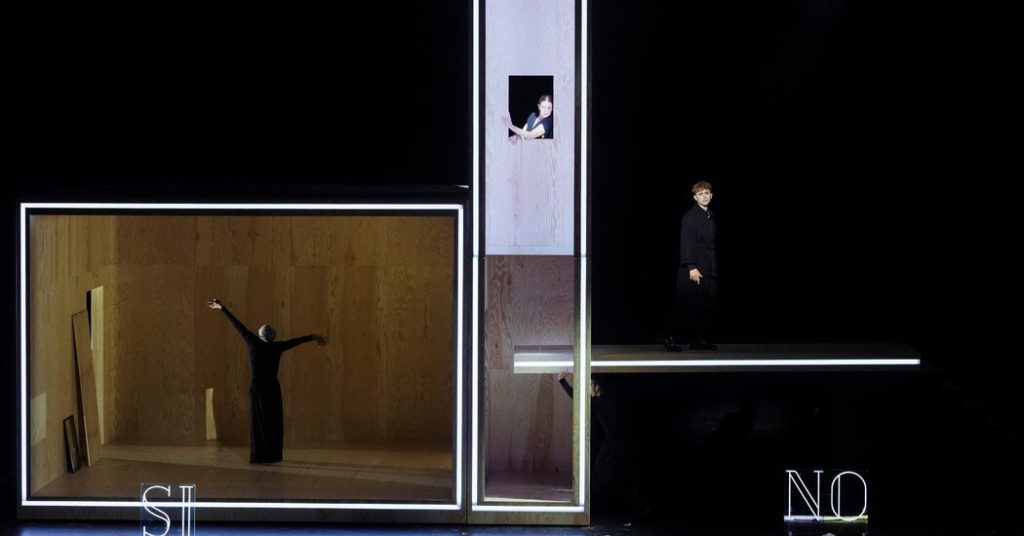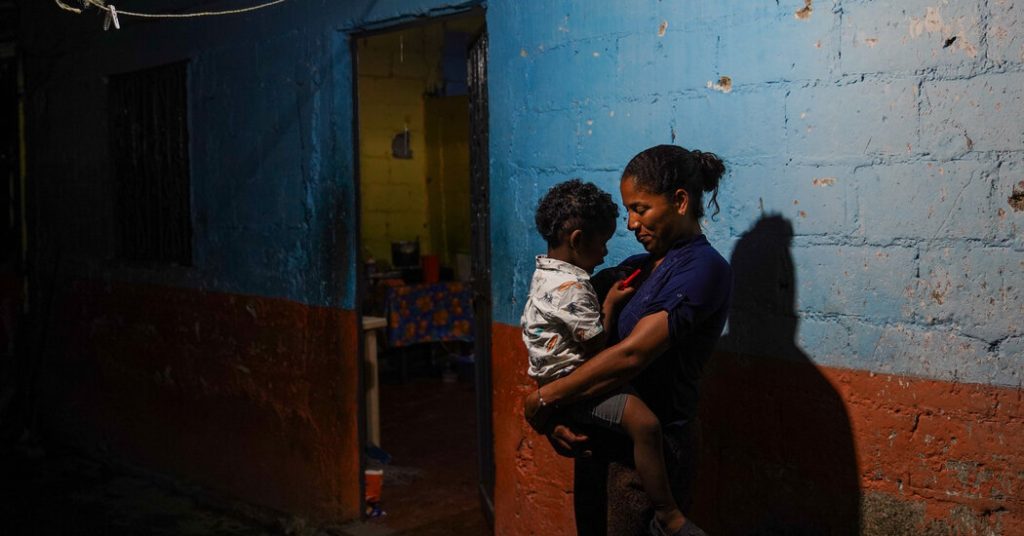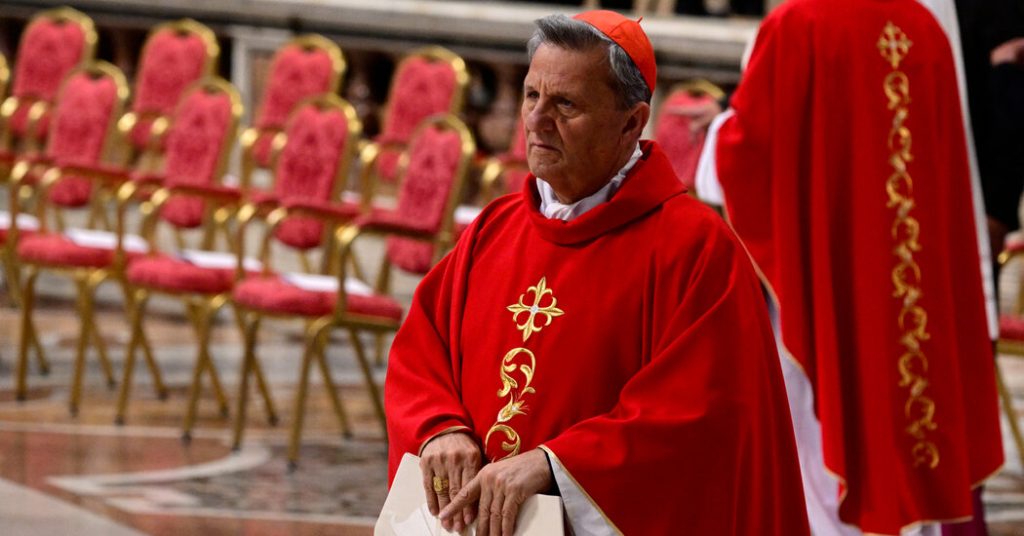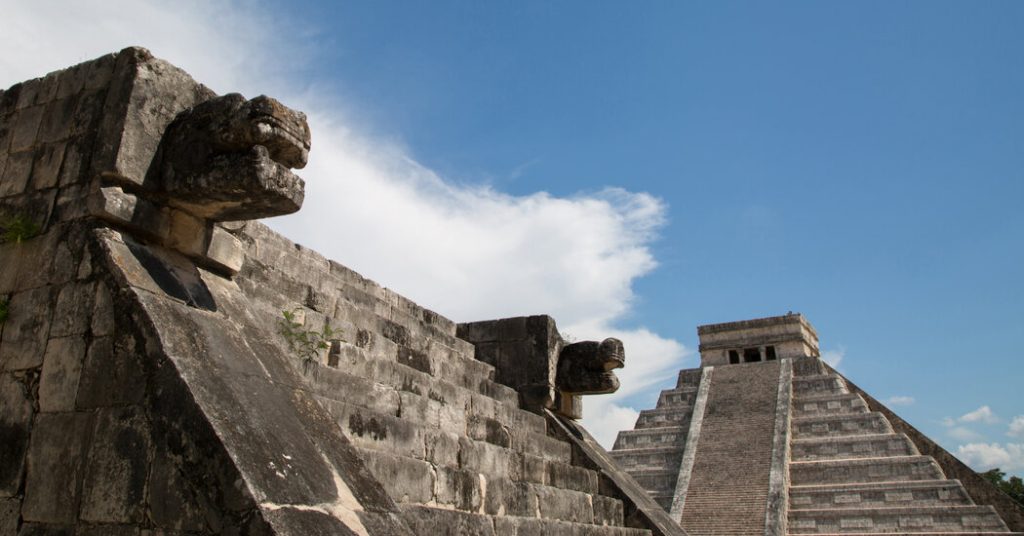Partway through the dissident Russian director Kirill Serebrennikov’s new production at the Komische Oper in Berlin that pairs Mozart’s “Don Giovanni” and Requiem, text is projected across an abstract set piece representing a graveyard. “Here,” it says, “the dead teach the living.”
At this point in the opera, the statue of a murdered man is about to come to life to confront his killer. But there is perhaps another meaning to be found in the text. “It’s a requiem,” Serebrennikov said in an interview, “for all of us.”
His production, which runs through May 23 before returning next season, follows a pre-20th-century performance tradition of dispensing with the final sextet of “Don Giovanni,” a pat moral lesson sung after its title character is dragged to hell. Instead, the hellfire blaze of D minor and major leads directly into the soft, D-minor chords of the Requiem.
That work was left unfinished at Mozart’s death, in 1791. Serebrennikov, together with the choreographers Evgeny Kulagin and Ivan Estegneev, stages the roughly 20 minutes of music that Mozart completed as dance theater. Don Giovanni’s soul, embodied by the former Pina Bausch dancer Fernando Suels Mendoza, struggles against and finally accepts death as the chorus and soloists perform last rites.
“The Requiem is not only a funeral Mass,” Serebrennikov said. “It was written, like ‘The Tibetan Book of the Dead,’ not just for those still living, but also for the dead: to help them find a condition for themselves after death.”
Serebrennikov’s production — the final in his cycle of the Mozart-Da Ponte operas at the Komische Oper — opens with Don Giovanni’s funeral, and transforms the plot into a nonlinear series of scenes set in the bardo, the Tibetan transitional space between life and death. He leans into the enigmas of the title character and the work as a whole, starting with its label as a “dramma giocoso”:“funny tragedy,” Serebrennikov said, “the mixture of all genres, all intentions.”







